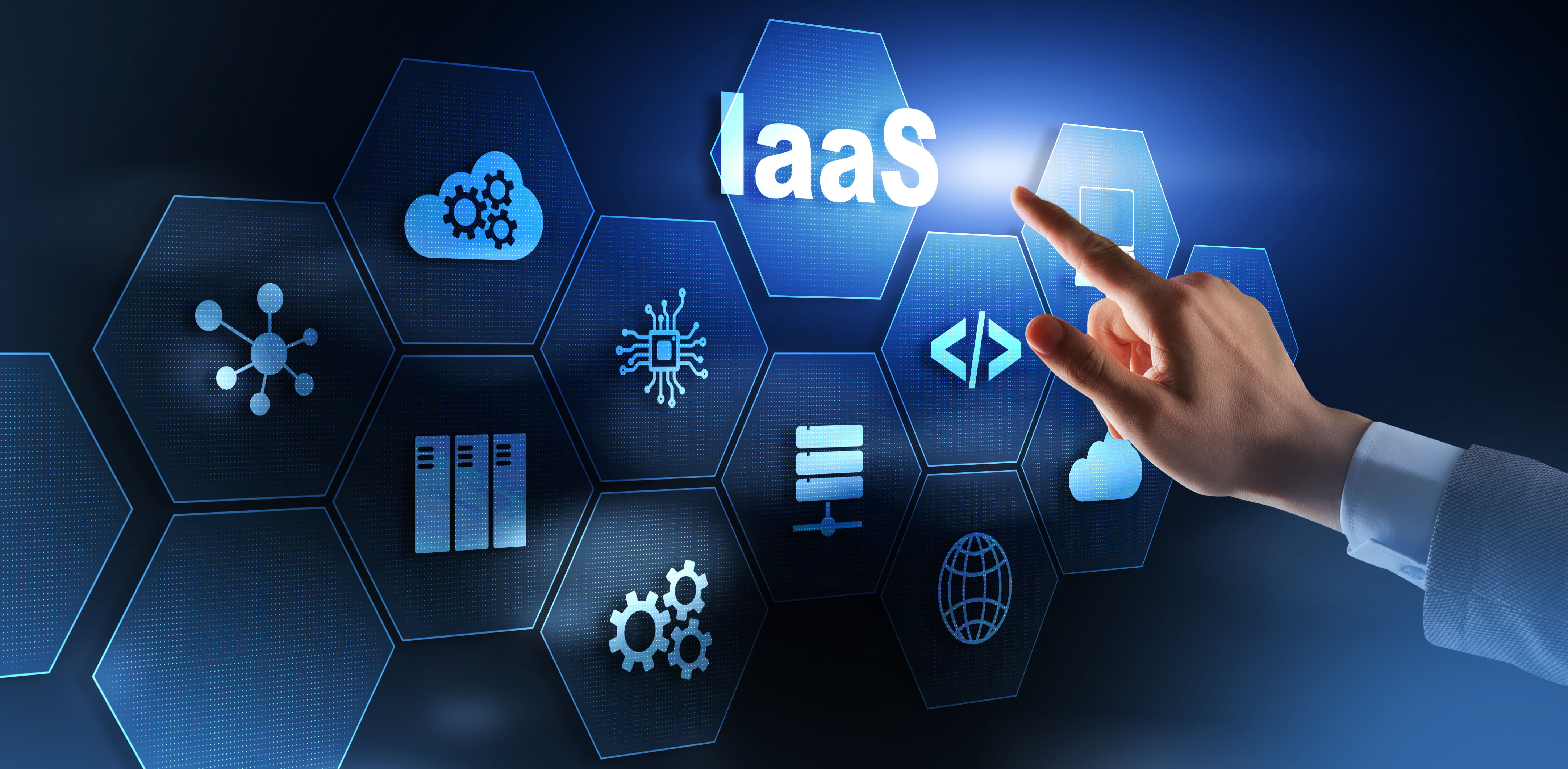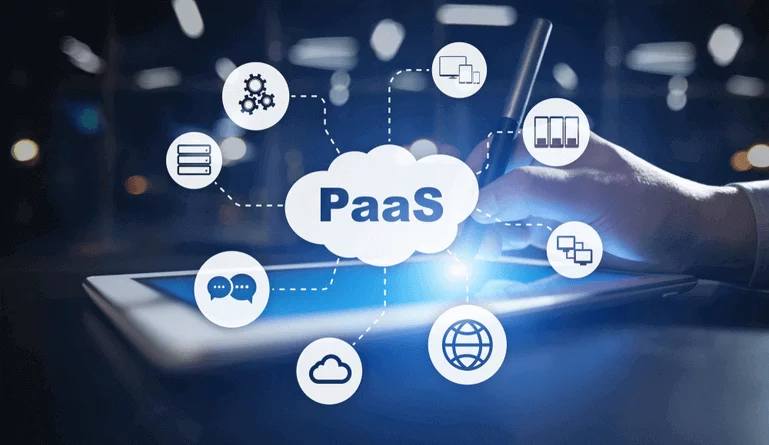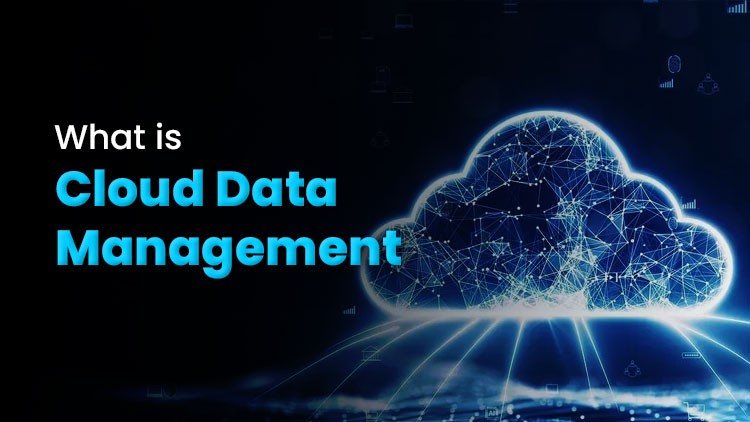1. IaaS (Infrastructure as a Service):
- Virtual machines (VMs) for computing power
- Scalable storage solutions (e.g., block storage, object storage)
- Networking features like load balancing and firewalls
- Basic services such as backup and disaster recovery
- Amazon Web Services (AWS) EC2
- Microsoft Azure Virtual Machines
- Google Cloud Compute Engine
PaaS is a cloud service that provides a platform allowing customers to develop, run, and manage applications without having to manage the underlying infrastructure. PaaS typically includes development tools, middleware, databases, and other services that help developers build applications more efficiently.
- Tools for development, testing, and deployment
- Middleware for integrating apps
- Managed databases (SQL, NoSQL, etc.)
- Built-in scalability for apps
- Integrated APIs and services for app building
- Google App Engine
- Microsoft Azure App Service
- Heroku
- IBM Cloud Foundry
3. SaaS (Software as a Service):
SaaS provides software applications that are hosted and managed by a service provider. Users access these applications via the internet, typically through a web browser, and don’t need to worry about installation, maintenance, or infrastructure. SaaS is the most commonly used cloud model for end users.
- Ready-to-use software applications
- Subscription-based or pay-per-use pricing
- Software updates and patches are handled by the provider
- Multi-tenant architecture (multiple users share the same instance of the software)
- Google Workspace (Gmail, Docs, etc.)
- Salesforce
- Microsoft Office 365
- Dropbox






This post really breaks down the different cloud services clearly. If you want to understand the differences in architecture, the comparison of multi-tenant vs single-tenant cloud setups adds an interesting perspective for SaaS users.
ReplyDelete